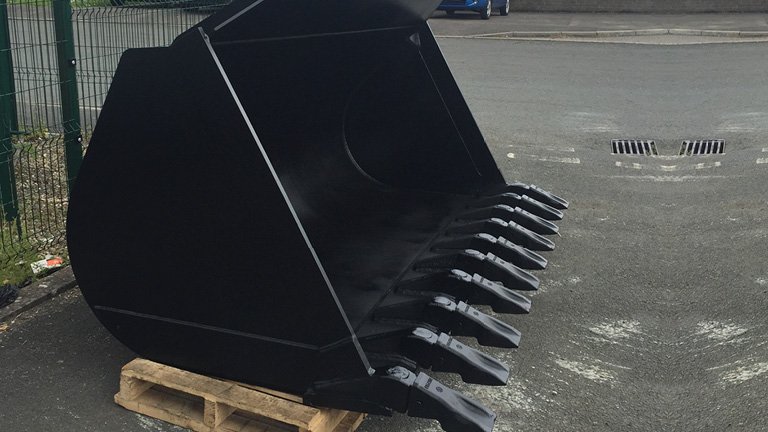
In the fast-paced world of construction, agriculture, and material handling, efficiency is everything. When it comes to maximizing the performance of your equipment, the humble loader bucket plays a crucial role. A loader’s versatility largely depends on the type of bucket attachment it uses. The right attachment can help you handle a wider variety of tasks, reduce downtime, and ultimately boost your productivity.
In this article, we explore the top loader bucket attachments that can take your operations to the next level.
The most common type of loader bucket, general purpose (GP) buckets, are designed for light to medium-duty tasks. These buckets are ideal for moving loose materials such as soil, sand, gravel, and mulch.
Why it boosts productivity:
Lightweight design for faster cycle times.
Excellent for a variety of applications, minimizing the need for frequent attachment changes.
Available in multiple sizes to suit different machines.
Whether you’re working on landscaping or construction projects, a GP loader bucket is a must-have for its sheer adaptability.
As the name suggests, the 4-in-1 bucket serves four functions: loading, dozing, clamping, and grading. This multi-purpose bucket can open and close via hydraulics, allowing it to function as a standard bucket, a grapple, a blade, or a leveler.
Why it boosts productivity:
Eliminates the need to switch attachments for different tasks.
Perfect for clearing debris, handling logs, and leveling surfaces.
Saves time and labor by combining multiple tools into one.
For operators who tackle a wide range of jobs in a single day, the 4-in-1 loader bucket is a game-changer.
Grapple buckets are fitted with hydraulic arms (grapples) that allow you to grab, lift, and transport irregular or bulky materials such as branches, scrap metal, and construction debris.
Why it boosts productivity:
Securely grips awkward materials that standard buckets can’t handle.
Reduces spillage and makes material handling safer.
Ideal for recycling, forestry, and waste management applications.
When handling loose or awkward loads, a grapple loader bucket ensures you move more material in less time.
Built tough for demanding environments, rock buckets feature reinforced teeth and a stronger structure to handle dense, abrasive materials like rocks and concrete chunks.
Why it boosts productivity:
Designed to withstand heavy impacts and abrasion.
Screens out finer materials, leaving larger rocks and debris.
Reduces wear on your equipment with its heavy-duty design.
A rock loader bucket is essential for quarries, demolition sites, and road construction projects where strength and durability are paramount.
5. High-Dump Buckets – For Greater Reach
High-dump buckets are designed with an extended dump height, allowing operators to load materials into tall trucks, hoppers, or bins.
Why it boosts productivity:
Increases dump height without needing a larger machine.
Saves time when loading materials into high-sided containers.
Ideal for agricultural operations, recycling plants, and waste management.
With a high-dump loader bucket, you can extend the reach of your equipment and tackle more challenging tasks effortlessly.
For materials with low density—such as snow, grain, sawdust, or mulch—light material buckets are designed with larger capacities.
Why it boosts productivity:
Moves more material in fewer trips.
Reduces operator fatigue and fuel usage.
Perfect for agricultural and landscaping operations.
Pairing your loader with a light material bucket ensures maximum efficiency when dealing with large volumes of lightweight material.
When selecting a loader bucket, consider the following:
✅ The type of material you’re handling.
✅ The capacity and weight limits of your loader.
✅ The specific tasks and environments your machine operates in.
Investing in the right bucket attachment doesn’t just enhance your machine’s capabilities—it transforms your workflow.
The right loader bucket attachment can turn your equipment into a true multi-tasking powerhouse. From handling loose soil to lifting massive rocks or clearing debris, these bucket options can save you time, labor, and operational costs.
Before upgrading, consult with your equipment dealer or parts supplier to ensure compatibility and get the most out of your machine. With the right attachments, you’ll see a noticeable boost in productivity across every project.
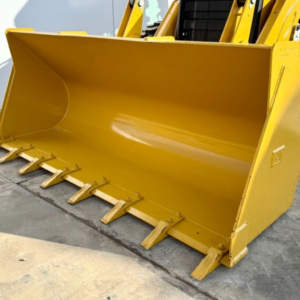
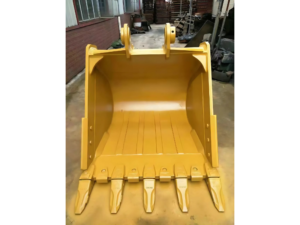
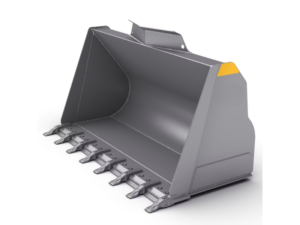
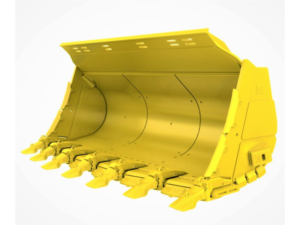



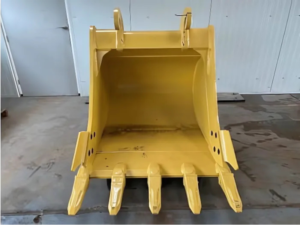
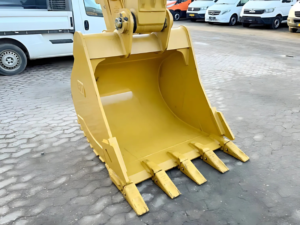
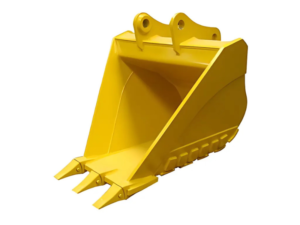
Excavator Rock Bucket | Excavator Skeleton Bucket | Excavator Trapezoidal Bucket | Excavator Soil Bucket | Excavator Loader Bucket | Excavator Single-Shank Ripper | Excavator Triple-Shank Ripper | Excavator Track Link Assembly | Excavator Tooth Points | Excavator JCB Teeth & Side Cutter | Excavator Idler | Excavator Sprocket | Excavator Lower Roller | Excavator Undercarriage | Excavator Track Group | Excavator Bolts | Excavator Rock Bucket in Chennai | Excavator Skeleton Bucket in Chennai | Excavator Trapezoidal Bucket in Chennai | Excavator Soil Bucket in Chennai | Excavator Loader Bucket in Chennai | Excavator Single-Shank Ripper in Chennai | Excavator Triple-Shank Ripper in Chennai | Excavator Track Link Assembly in Chennai | Excavator Tooth Points in Chennai | Excavator JCB Teeth & Side Cutter in Chennai | Excavator Idler in Chennai | Excavator Sprocket in Chennai | Excavator Lower Roller in Chennai | Excavator Undercarriage in Chennai | Excavator Track Group in Chennai | Excavator Bolts in Chennai | Excavator Rock Bucket in India | Excavator Skeleton Bucket in India | Excavator Trapezoidal Bucket in India | Excavator Soil Bucket in India | Excavator Loader Bucket in India | Excavator Single-Shank Ripper in India | Excavator Triple-Shank Ripper in India | Excavator Track Link Assembly in India | Excavator Tooth Points in India | Excavator JCB Teeth & Side Cutter in India | Excavator Idler in India | Excavator Sprocket in India | Excavator Lower Roller in India | Excavator Undercarriage in India | Excavator Track Group in India | Excavator Bolts in India
TEAM. All Rights Reserved. Developed by Pixel Tech.